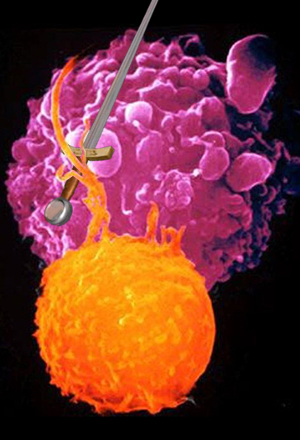Noble cells die for plants' greater good
 New light has been shed on how plants’ immune systems work, revealing the ultimate acts of floral sacrifice and survival.
New light has been shed on how plants’ immune systems work, revealing the ultimate acts of floral sacrifice and survival.
Dr Simon Williams from the University of Queensland’s School of Chemistry and Molecular Biosciences said recent findings show how one pair of plant proteins do battle with invasive infections.
“When these proteins are disturbed by an infection, the infected cell dies, allowing for the immunity of the entire plant,” Dr Williams said.
“In this remarkable process the entire plant becomes immune at the expense of few noble cells. We detail how plant protein immune receptors regulate each other and coordinate a response when threatened by infection.”
Fellow researcher Professor Bostjan Kobe said while many plant resistance genes have been identified in the past two decades, scientists still have limited knowledge of how they work.
“It is vitally important that we understand how plant immune systems function because pre-harvest plant diseases account for up to 15 per cent of crop loss every year,” Professor Kobe said.
“This is a significant economic and environmental challenge for a world already under pressure to produce more food, fibre and biofuels.”
The study could also help future research in human health, due to a significant overlap between the mechanisms that plants and humans use to detect and respond to disease.
“To help our understanding of the plant interactions we used x-ray crystallography techniques to determine protein structures at near-atomic resolution at the Australian Synchrotron,” said Professor Kobe.
Other key collaborators included Dr Jonathan Jones from Sainsbury Laboratories in the United Kingdom, Dr Kee Hoon Sohn from New Zealand’s Massey University, and Dr Peter Dodds and Dr Maud Bernoux from the CSIRO.








 Print
Print